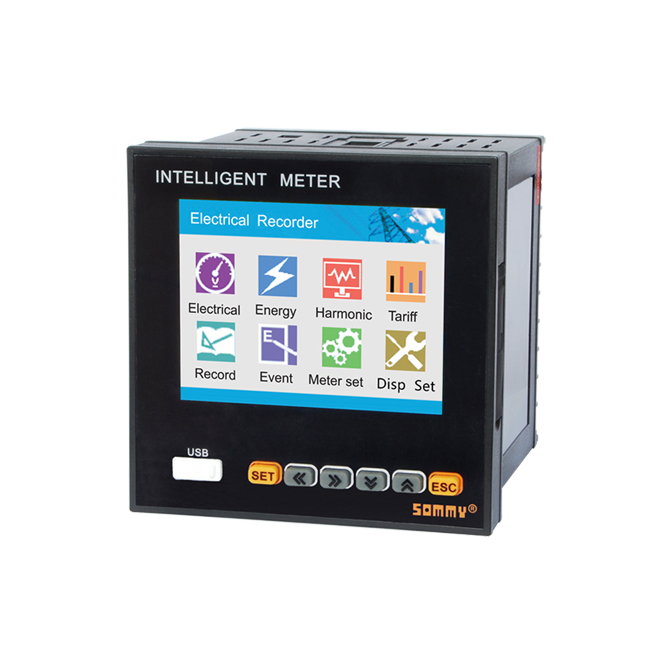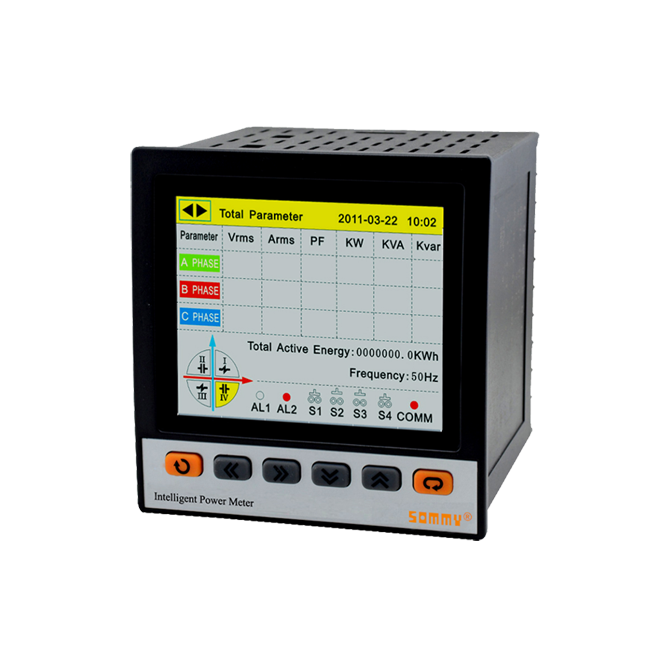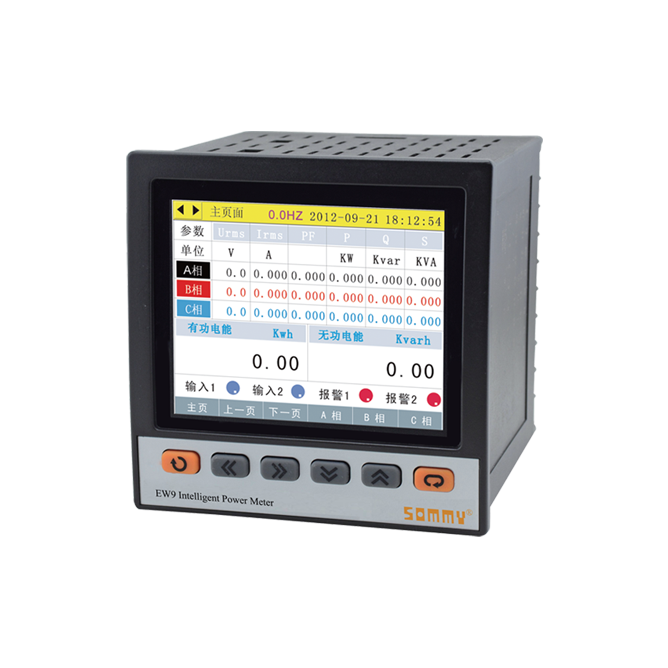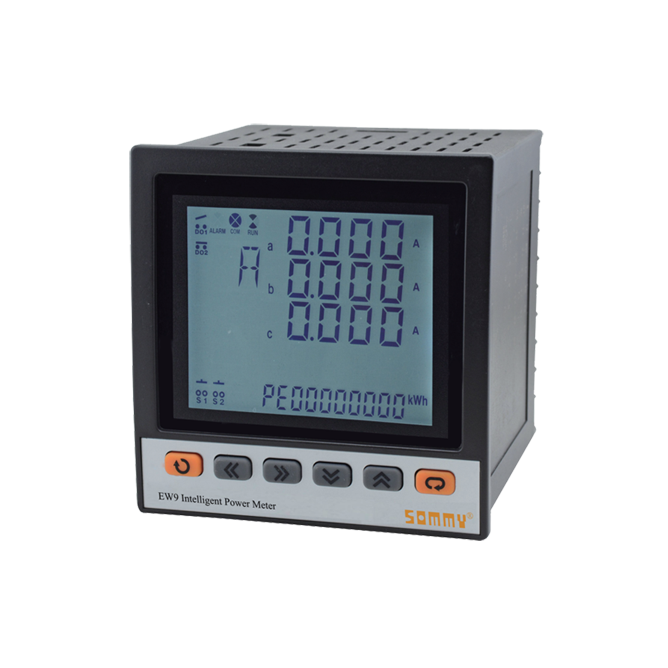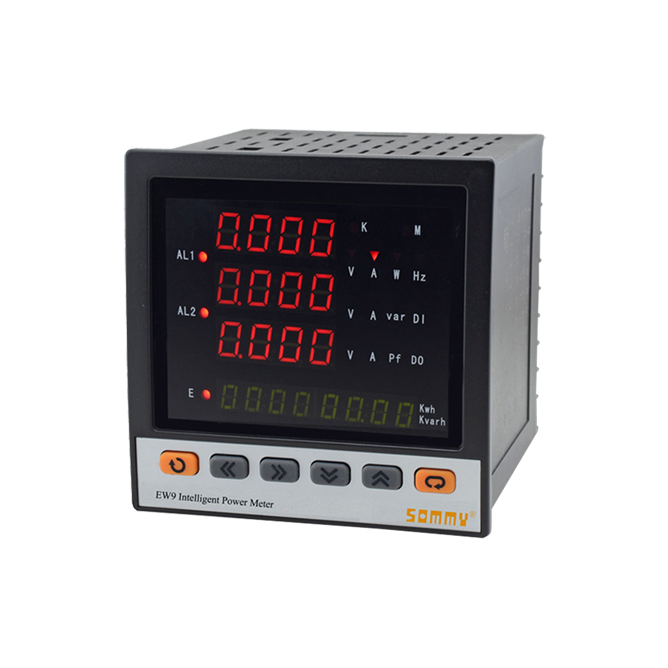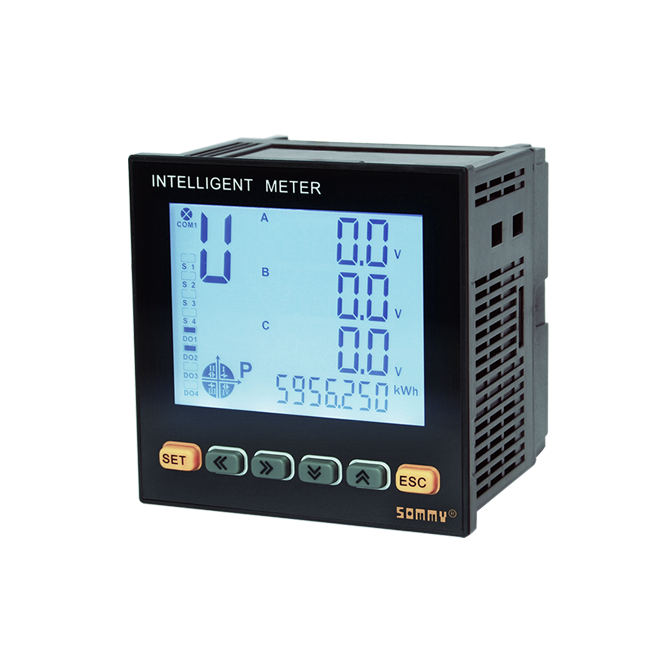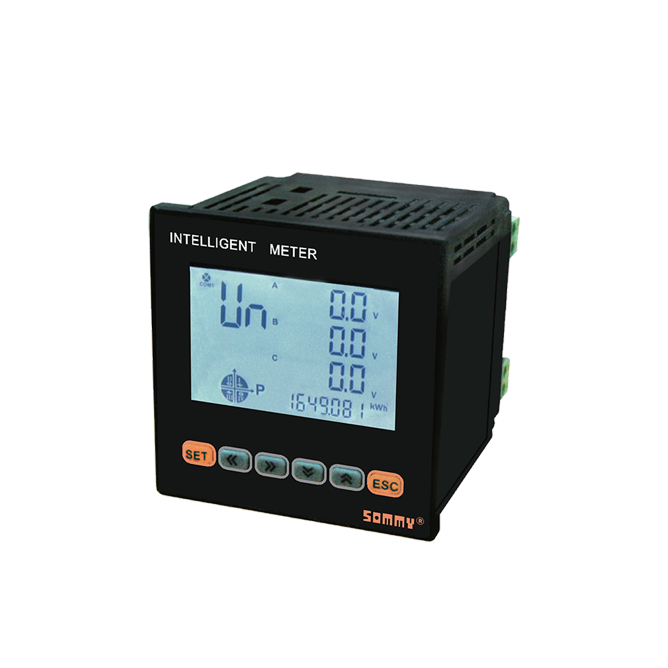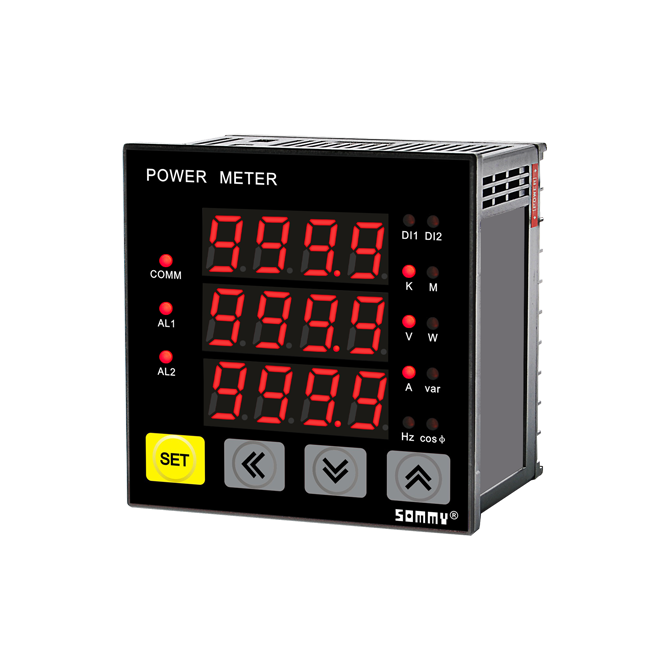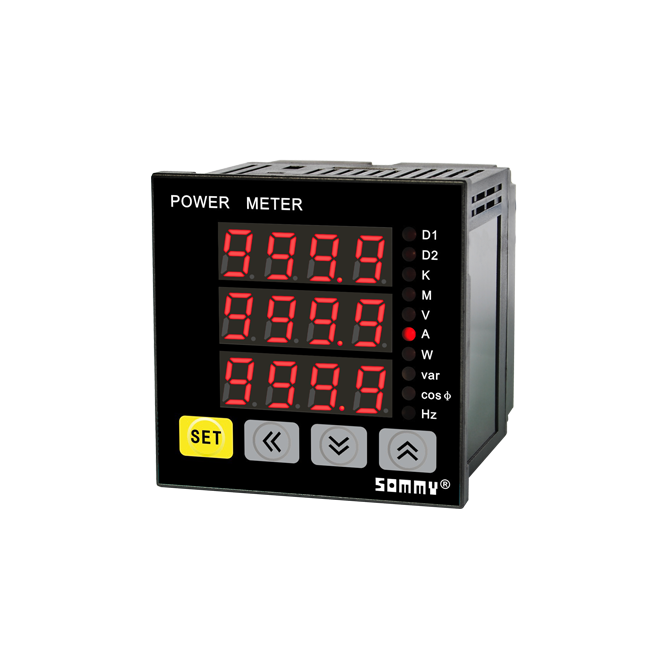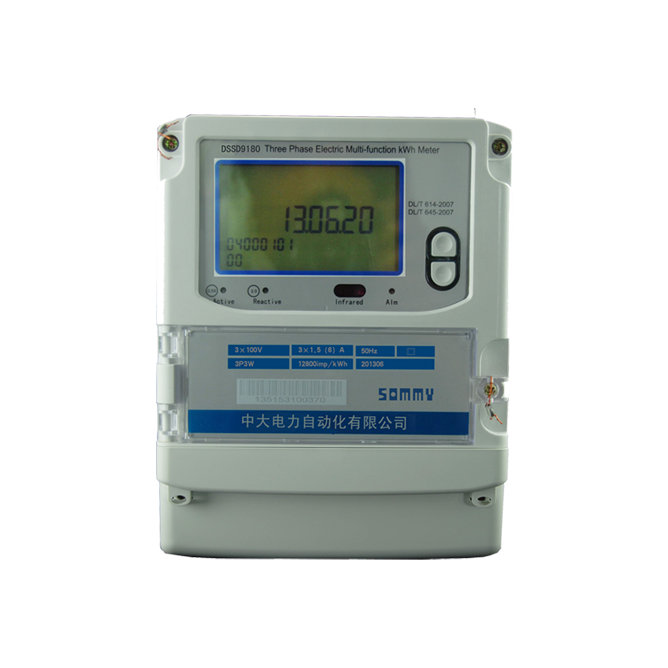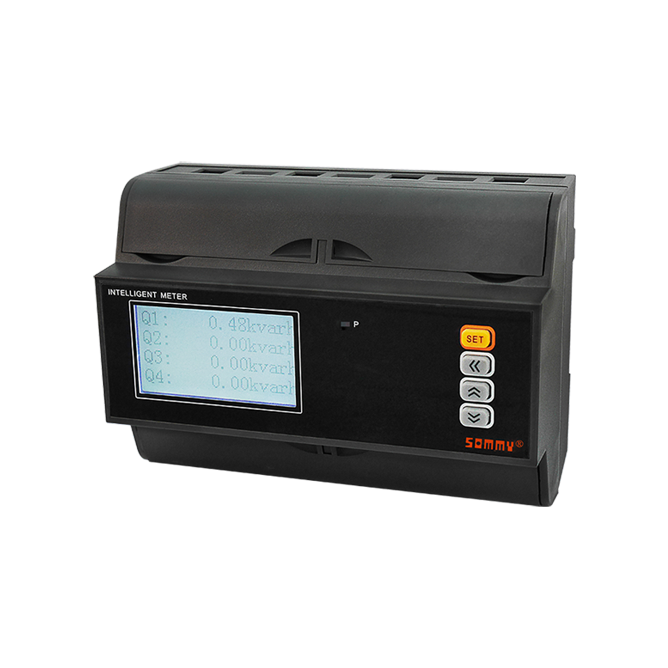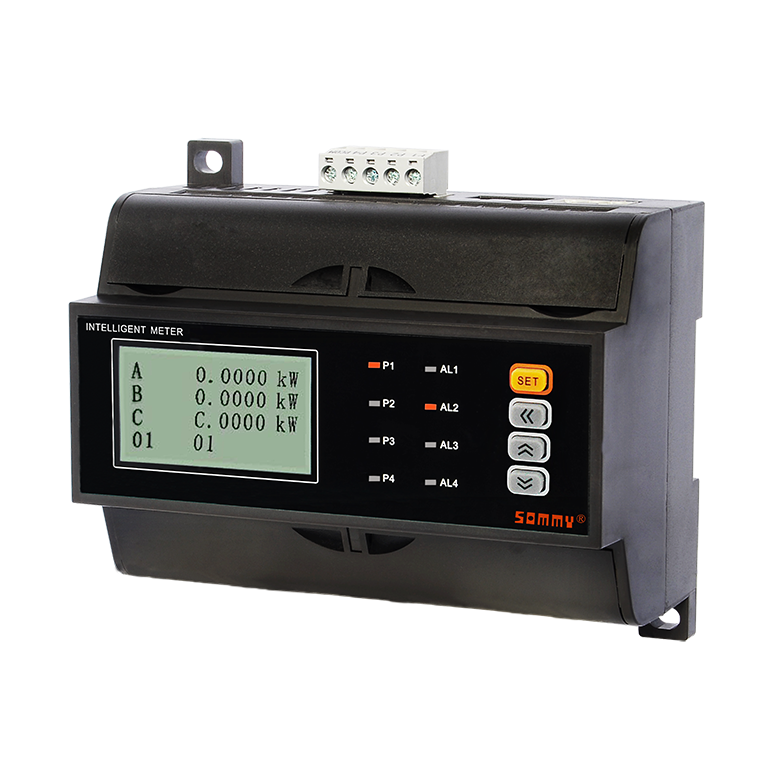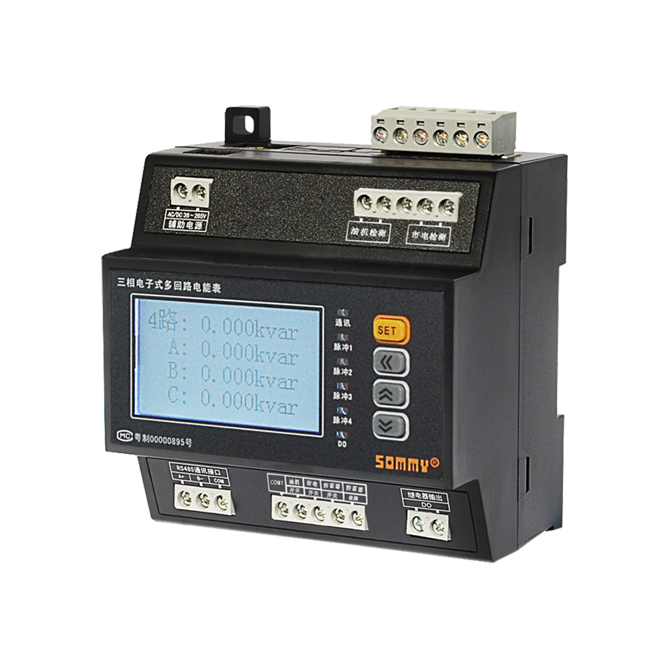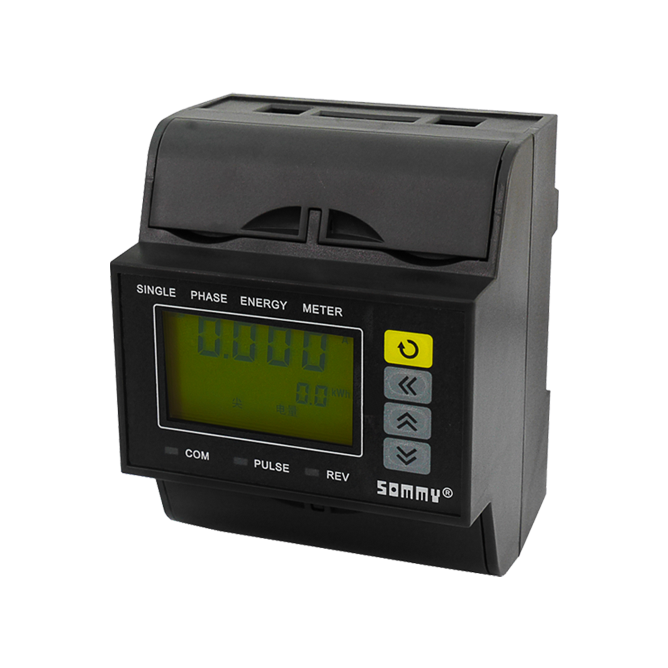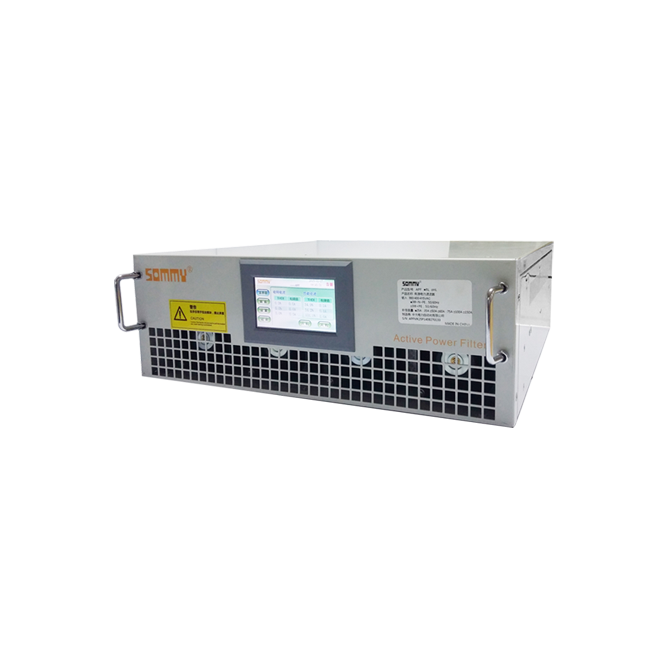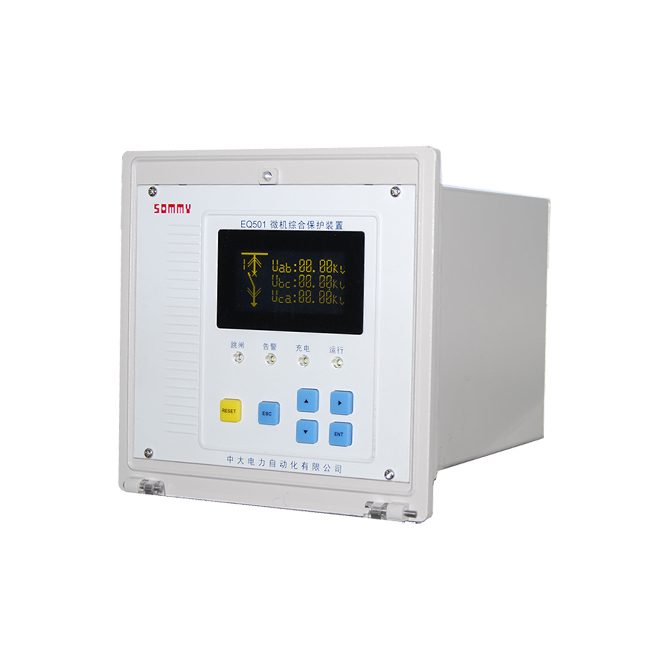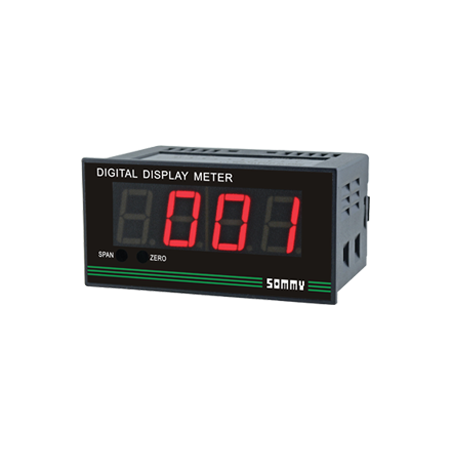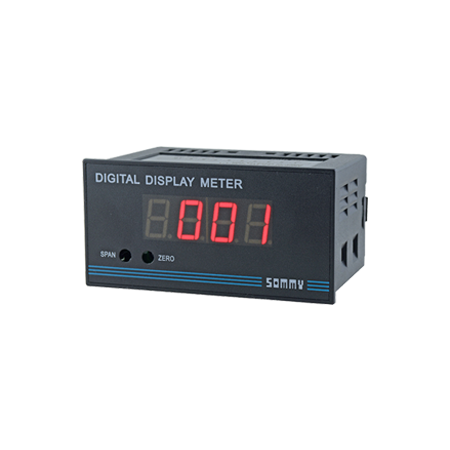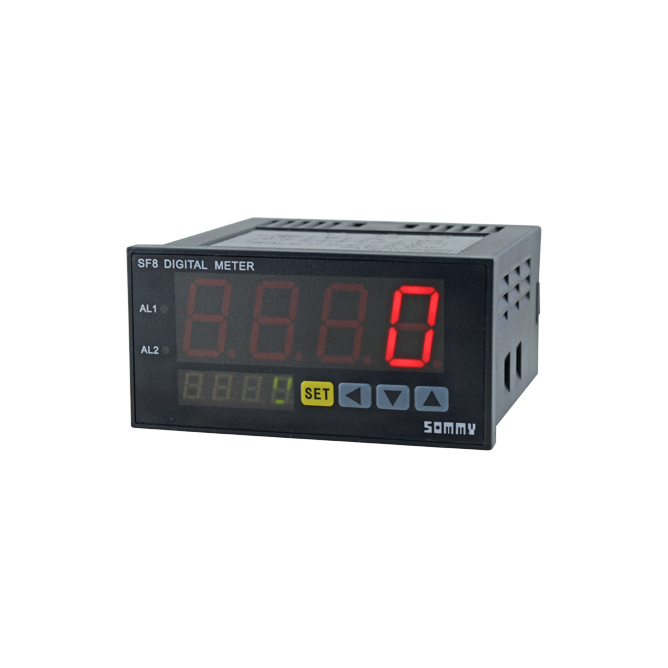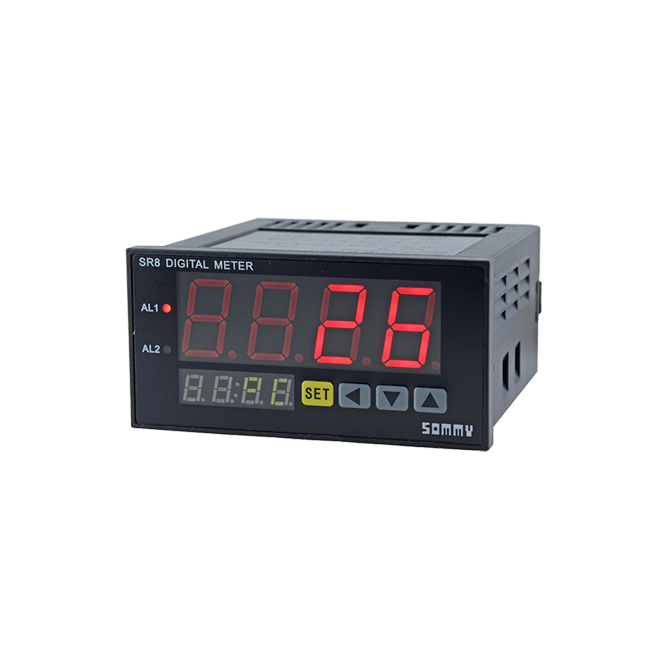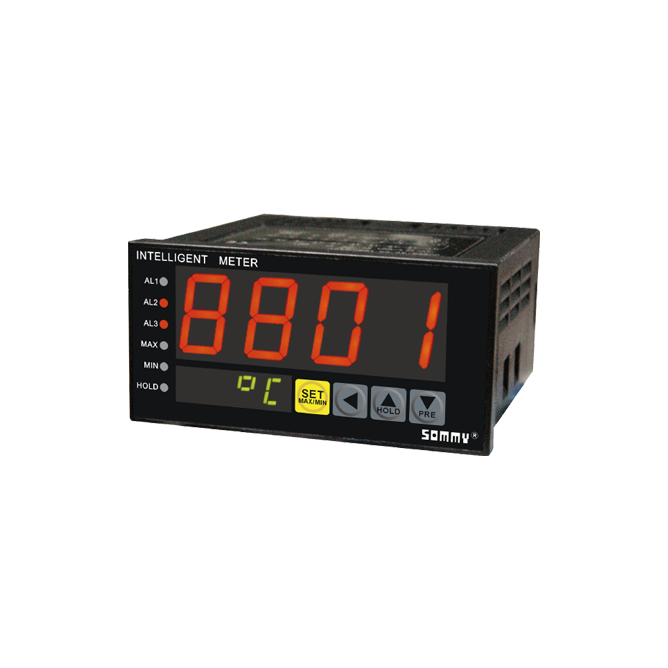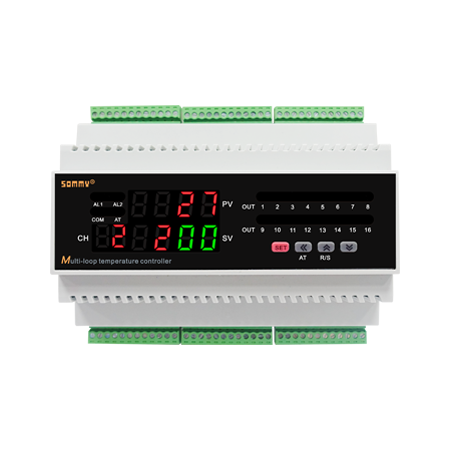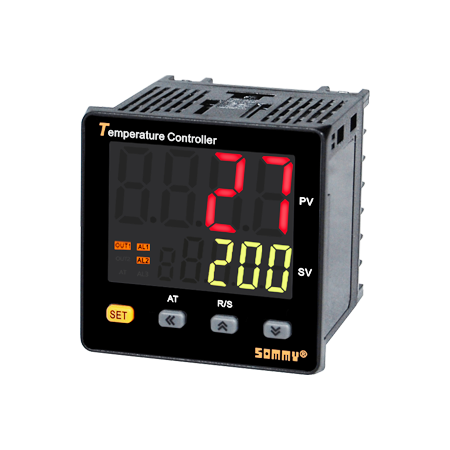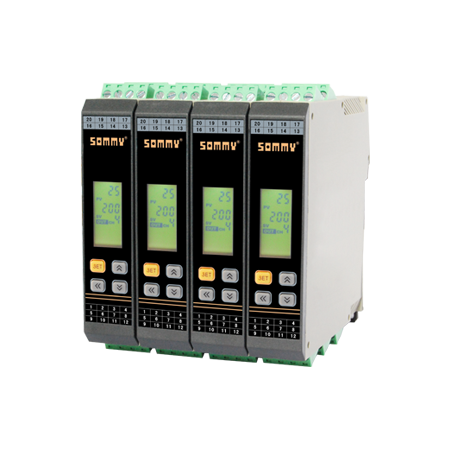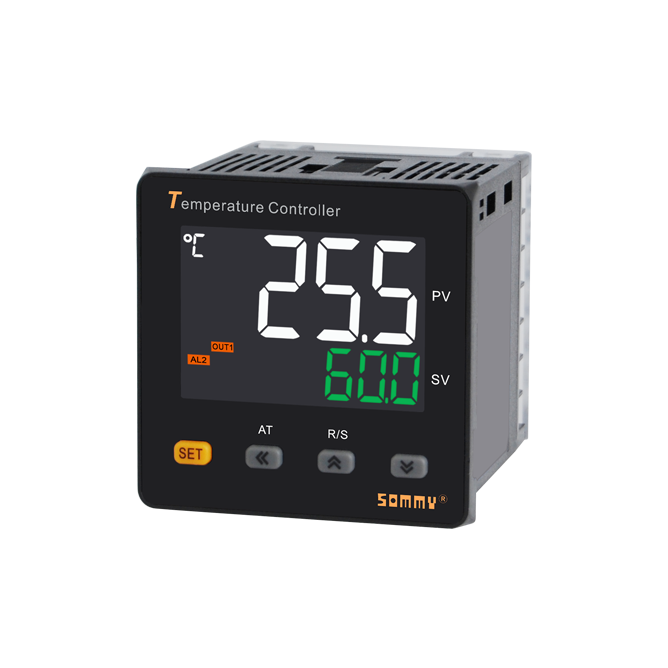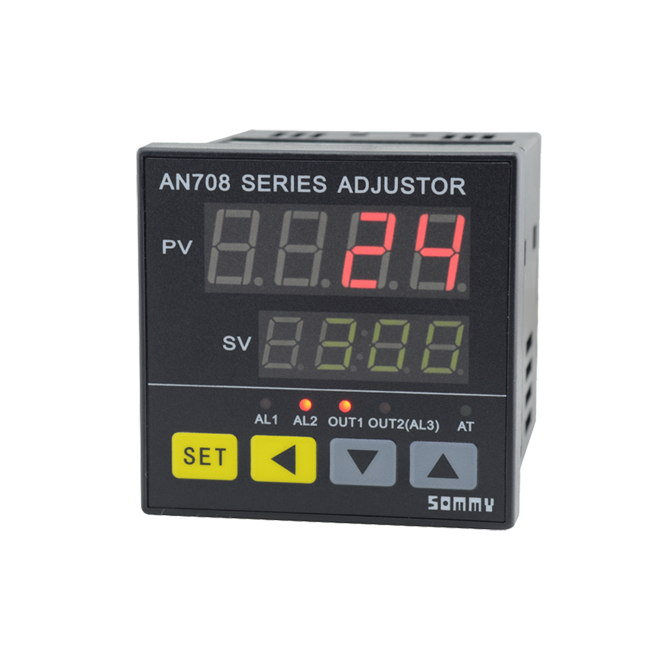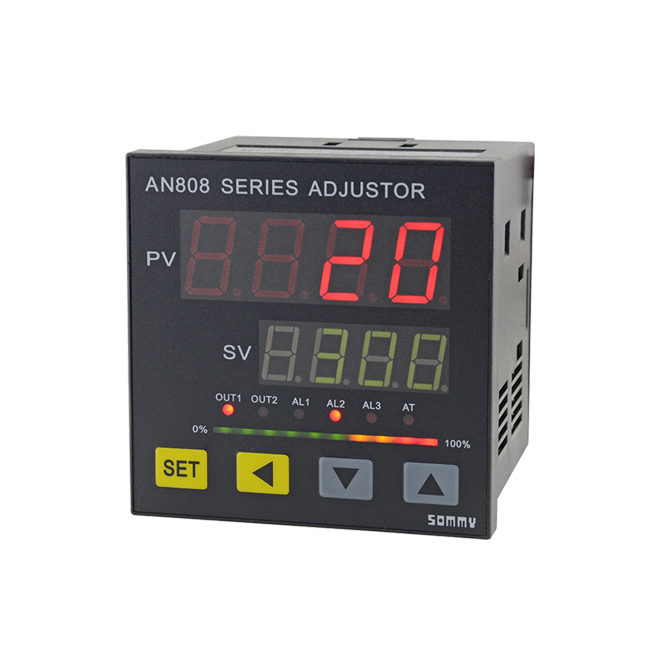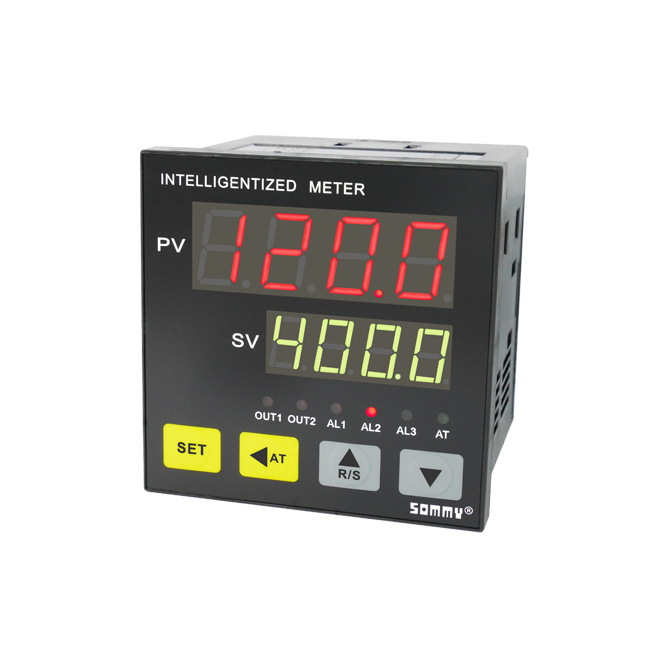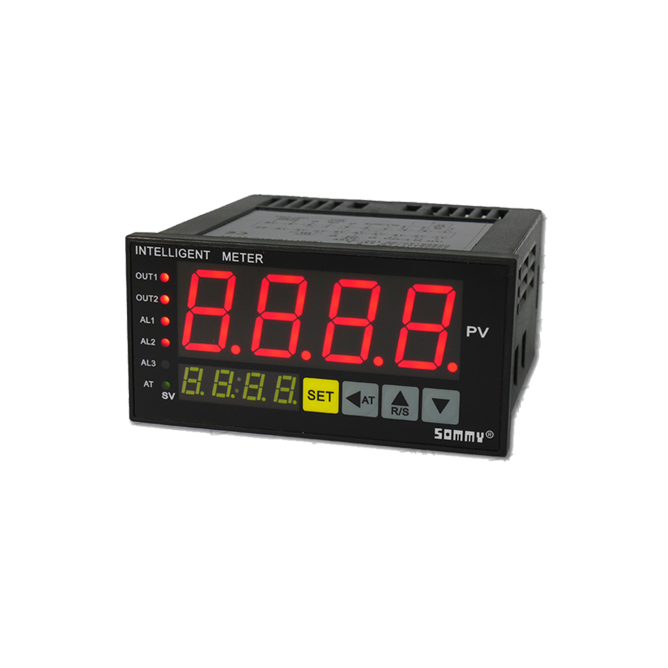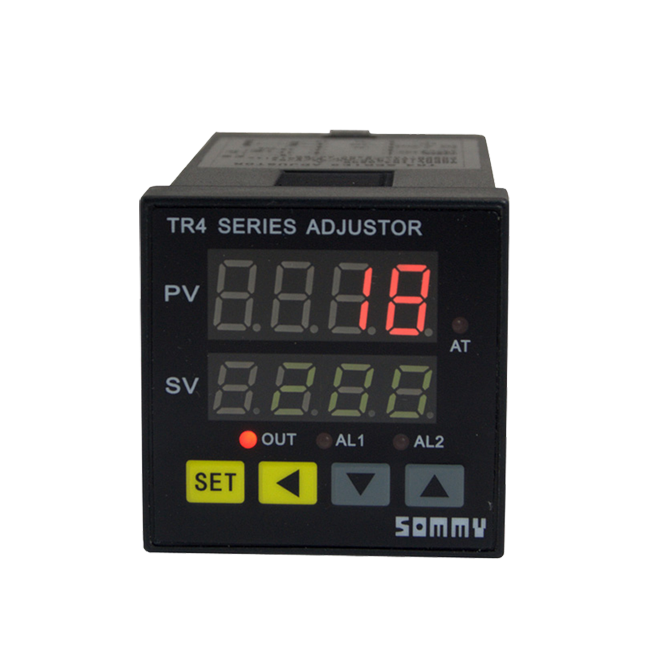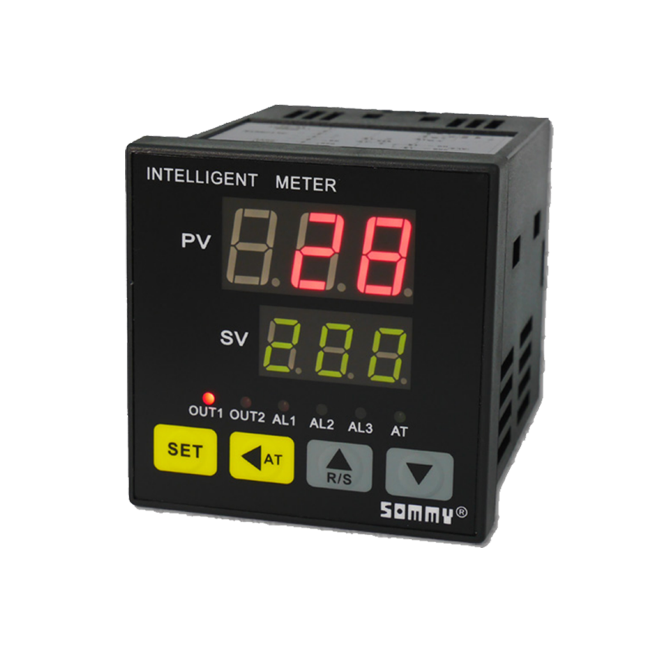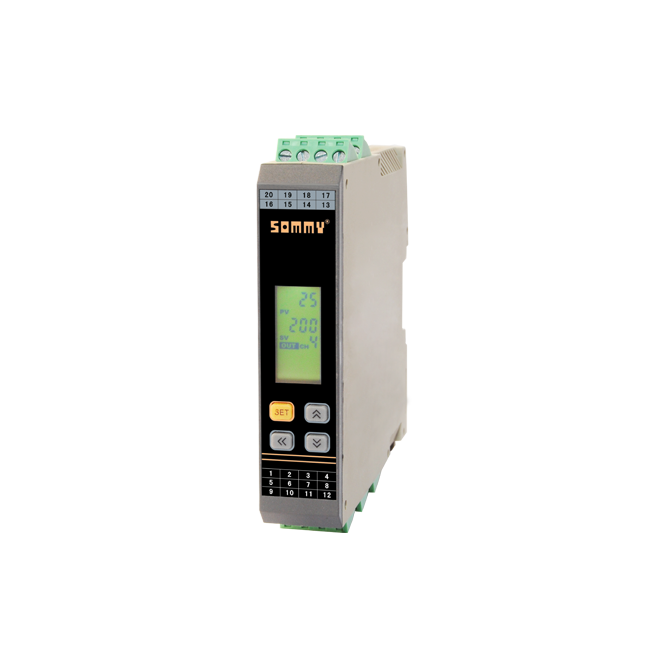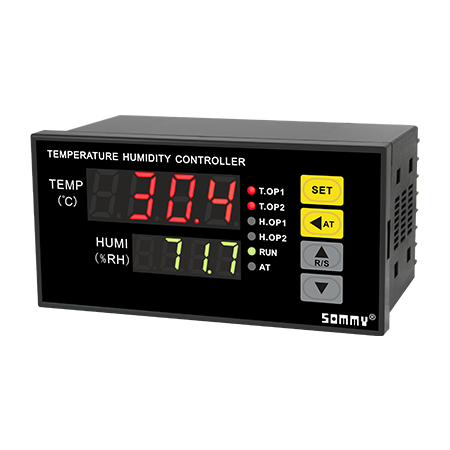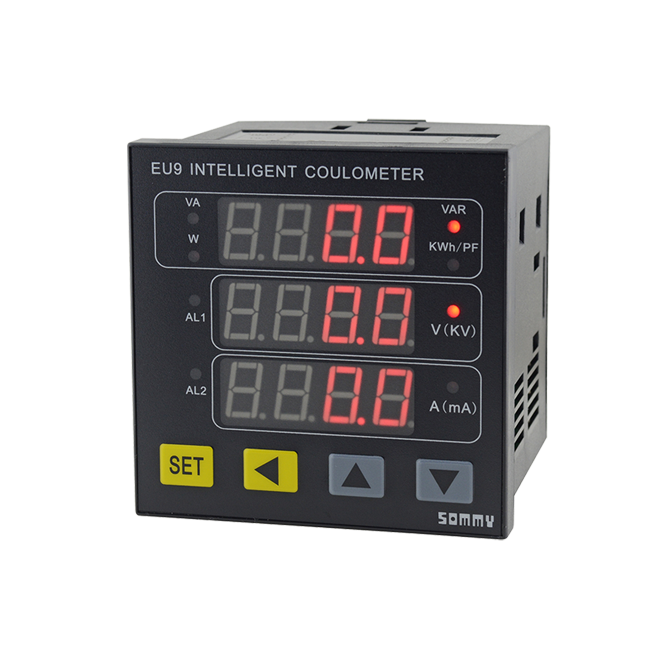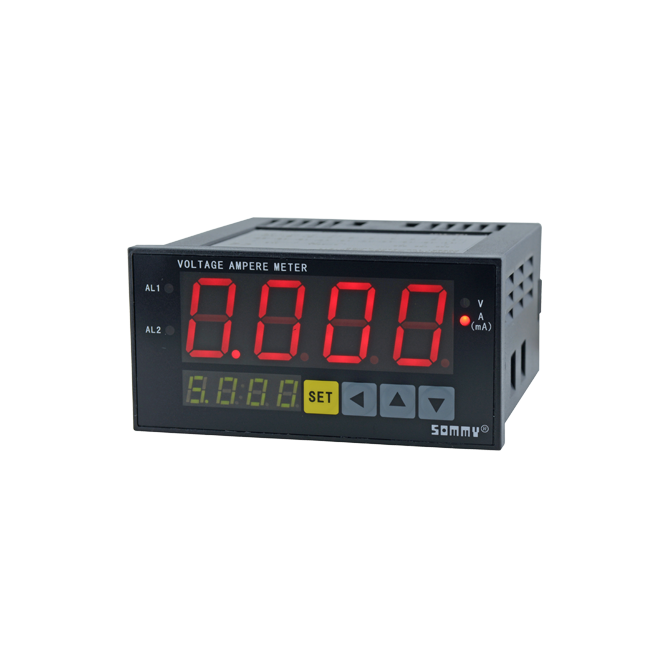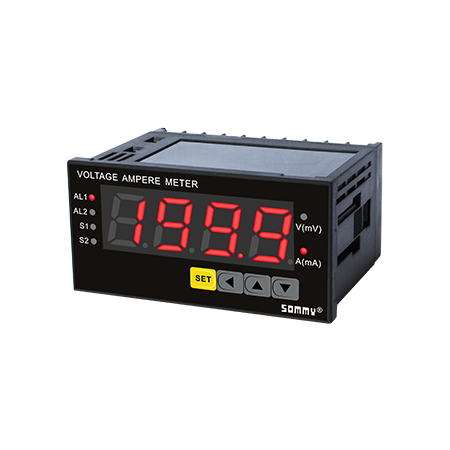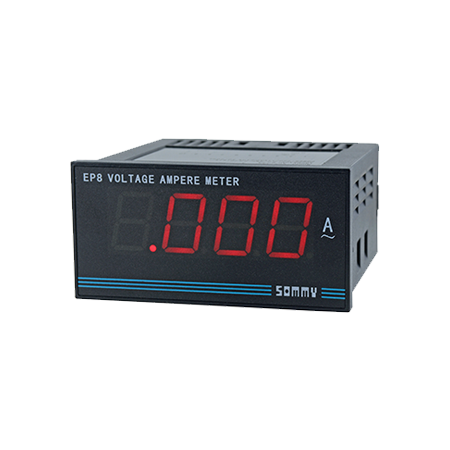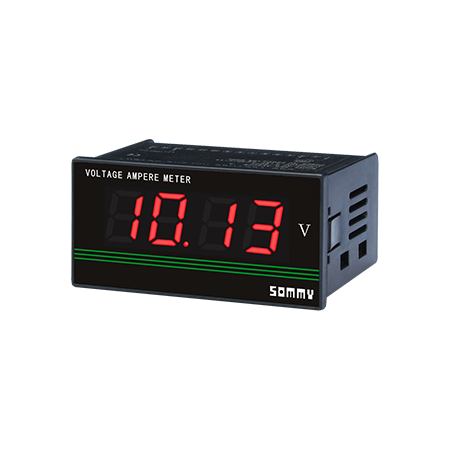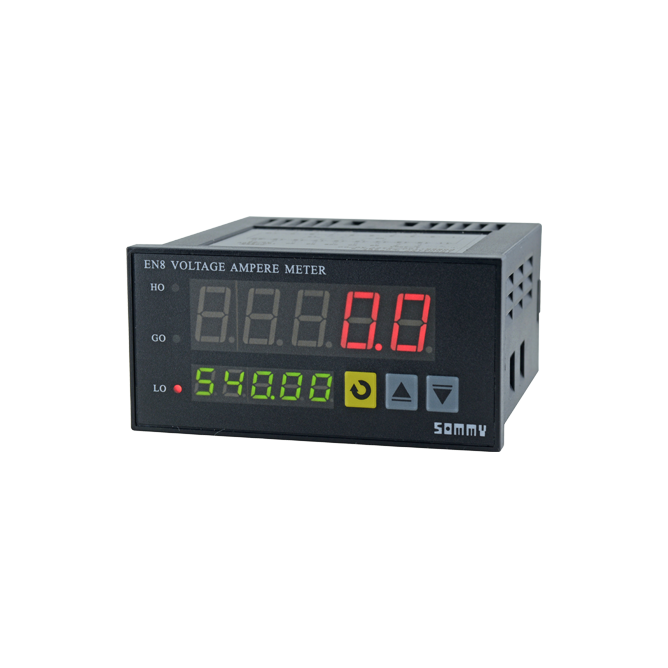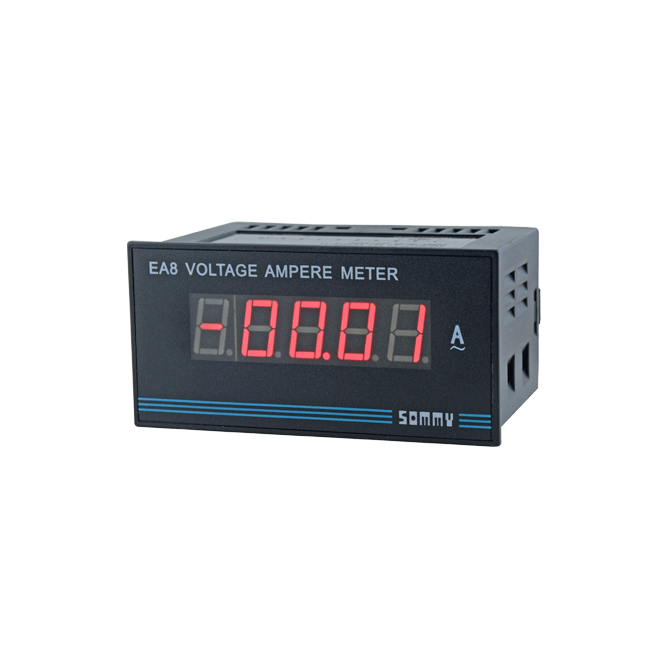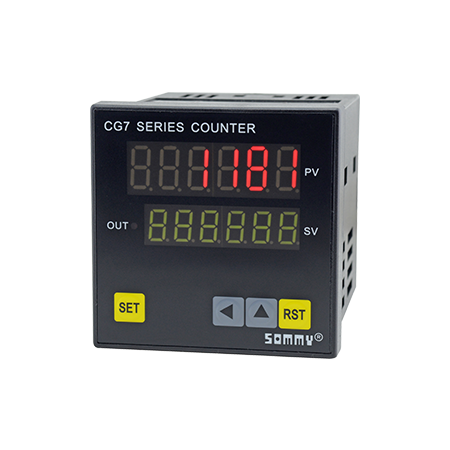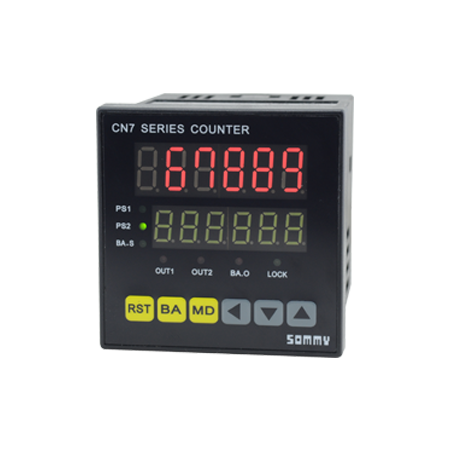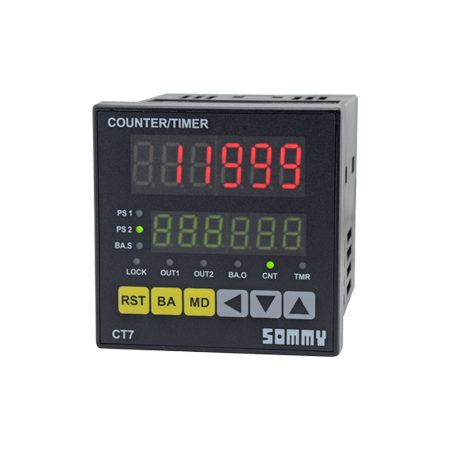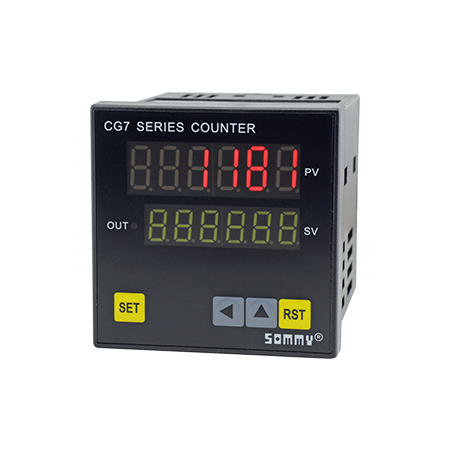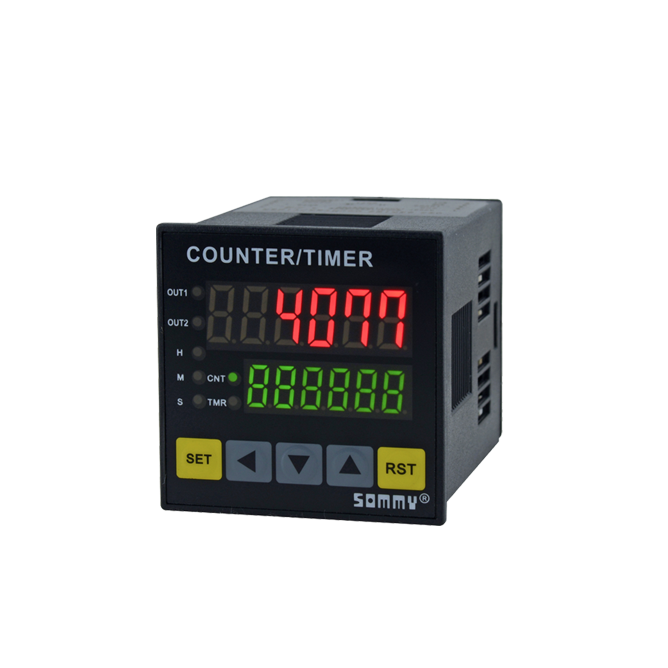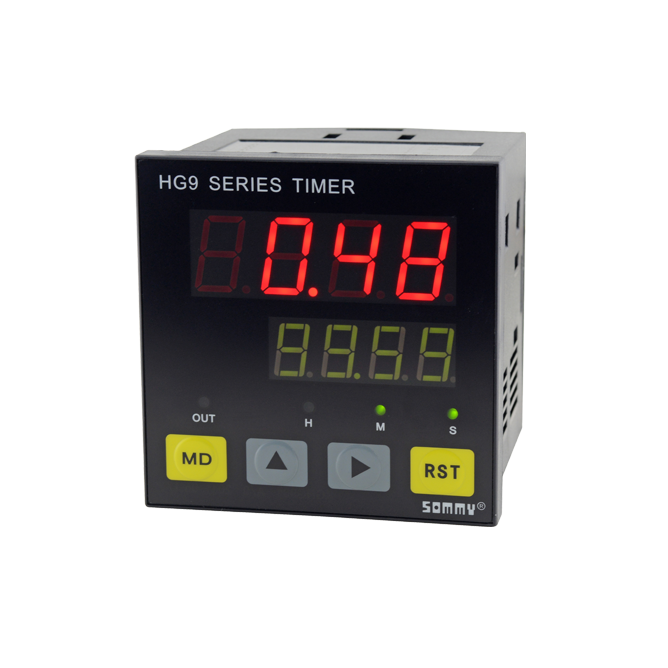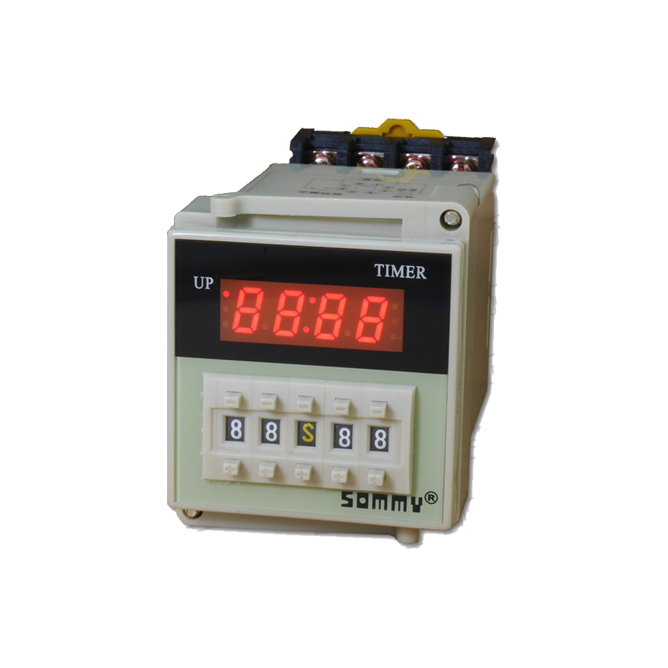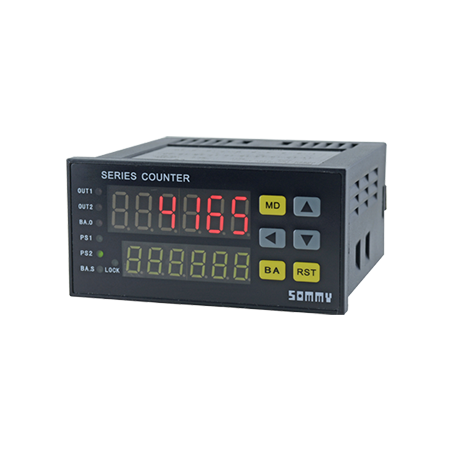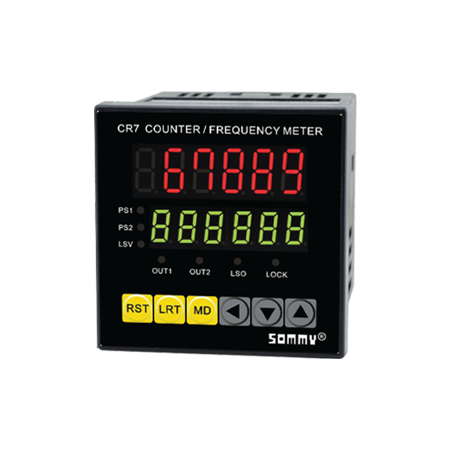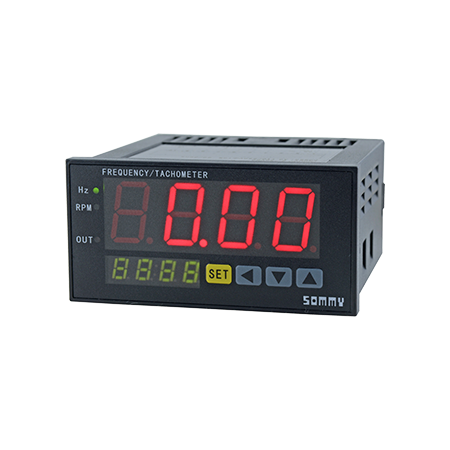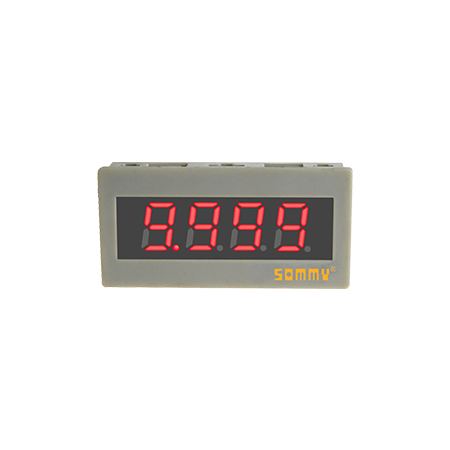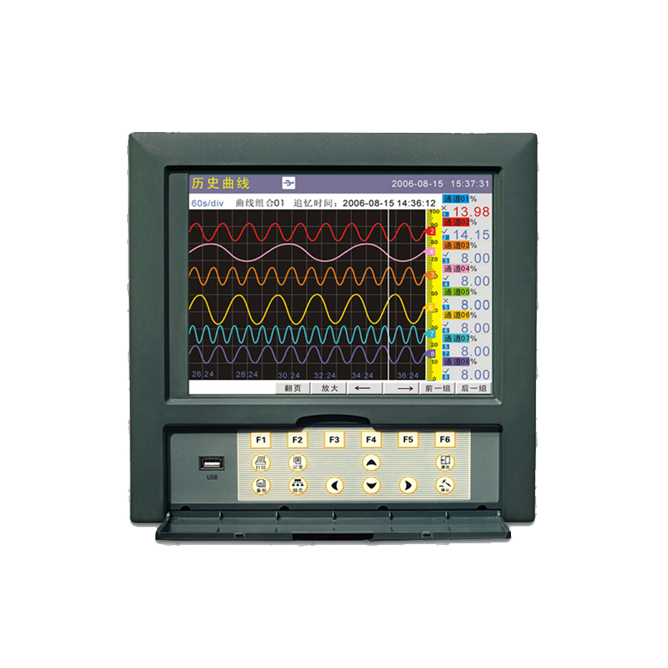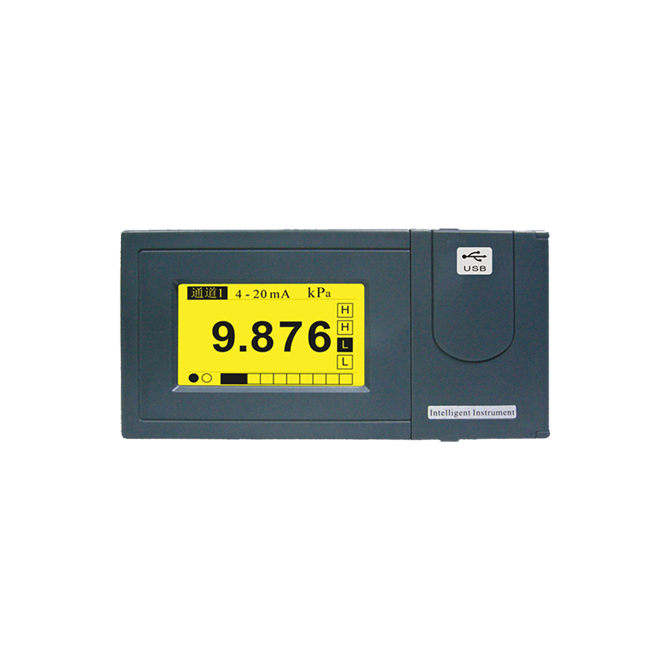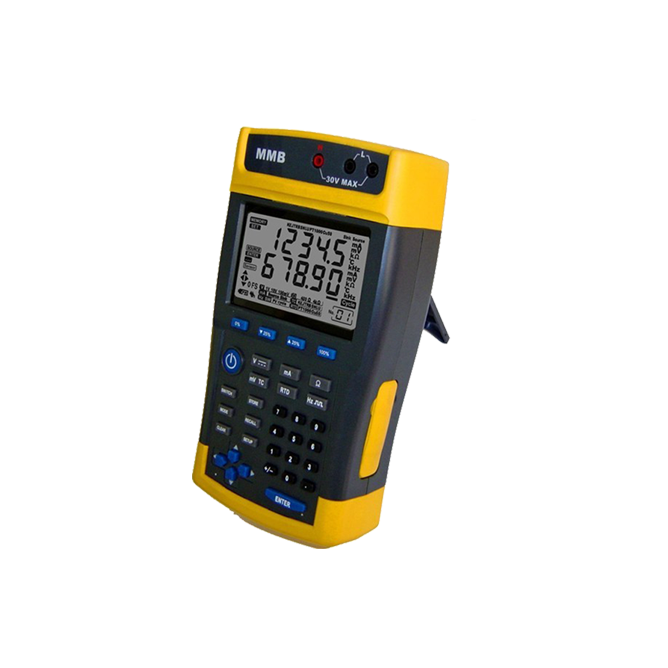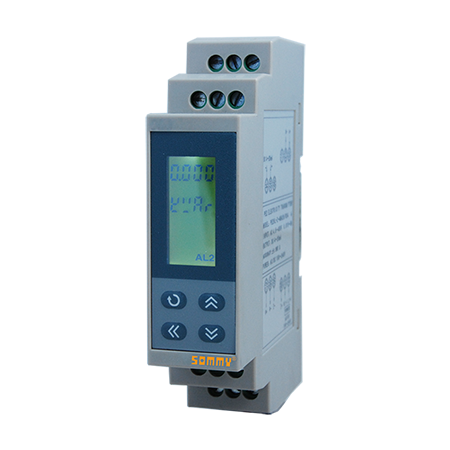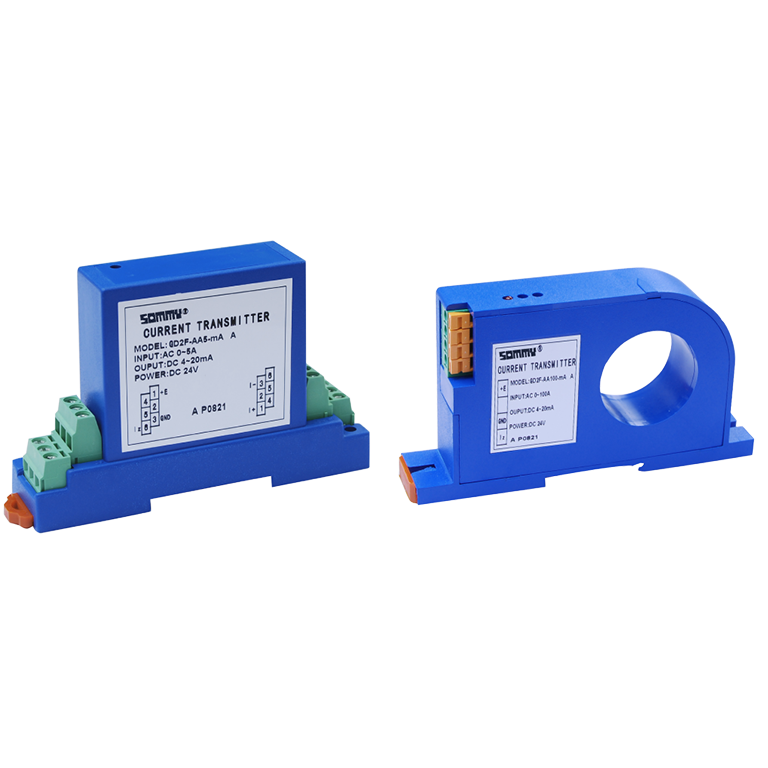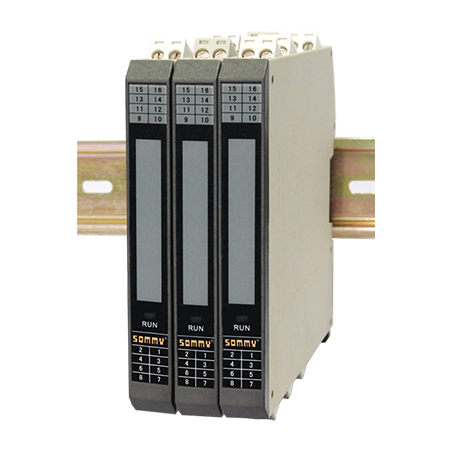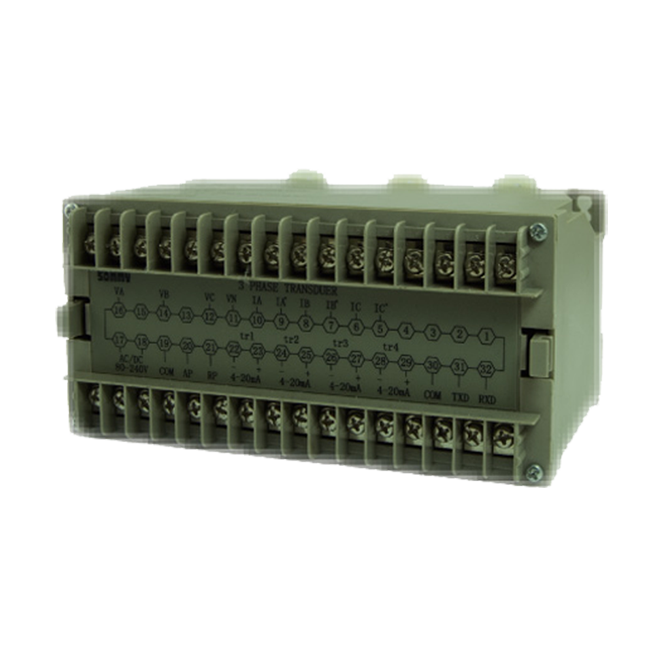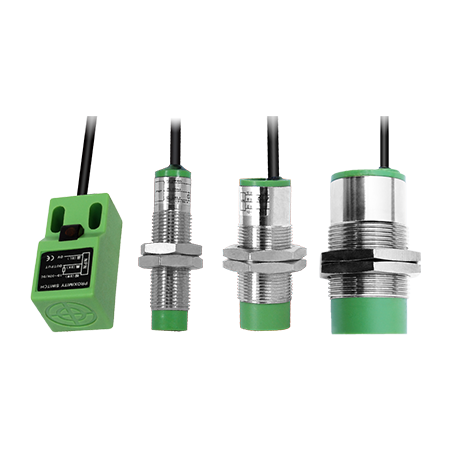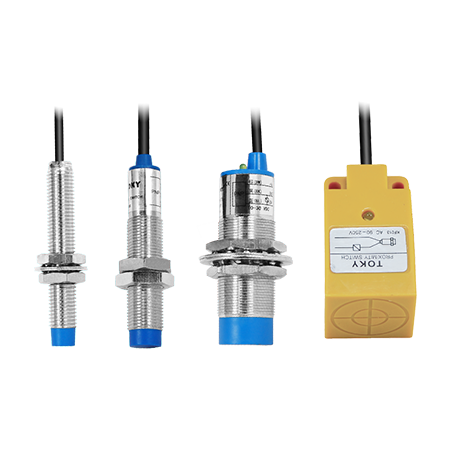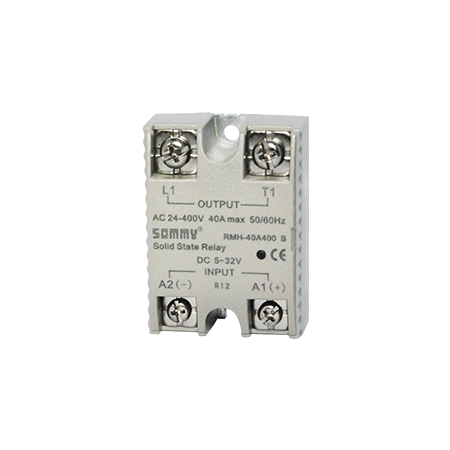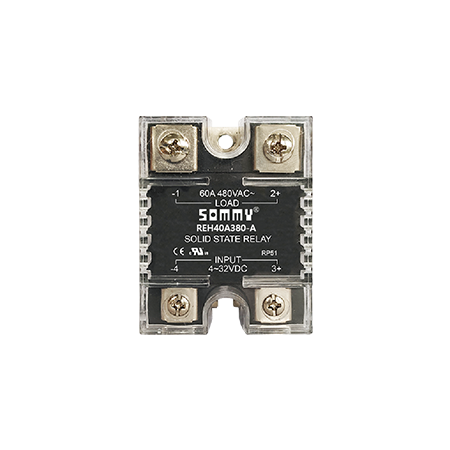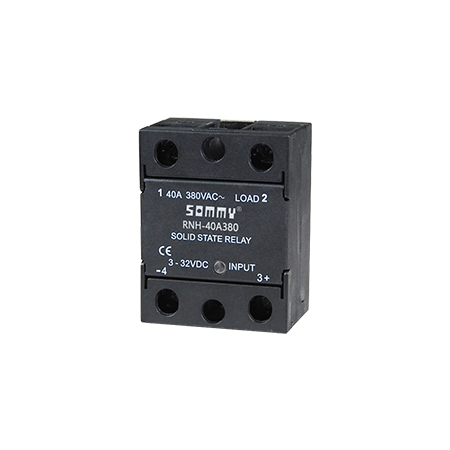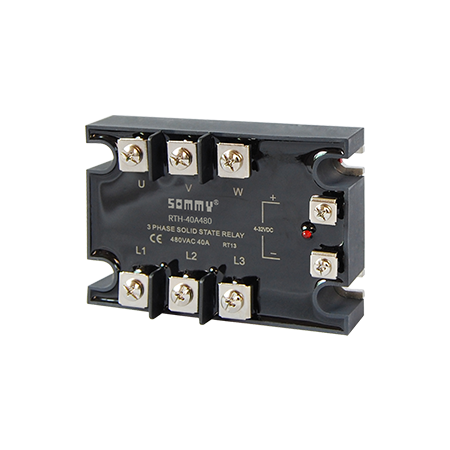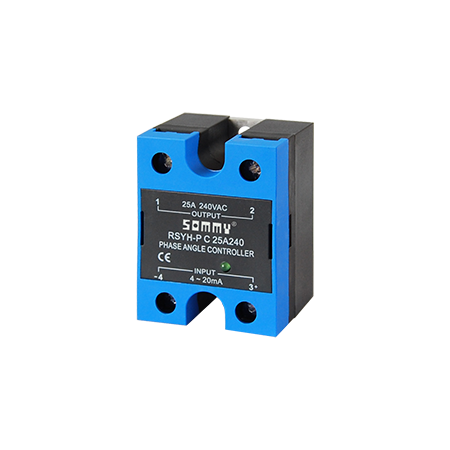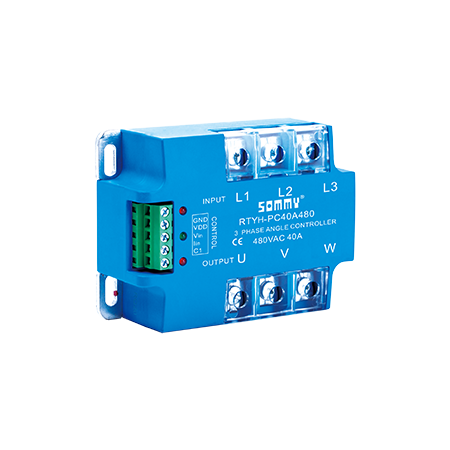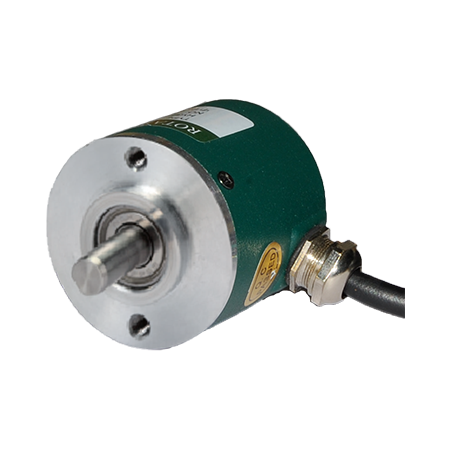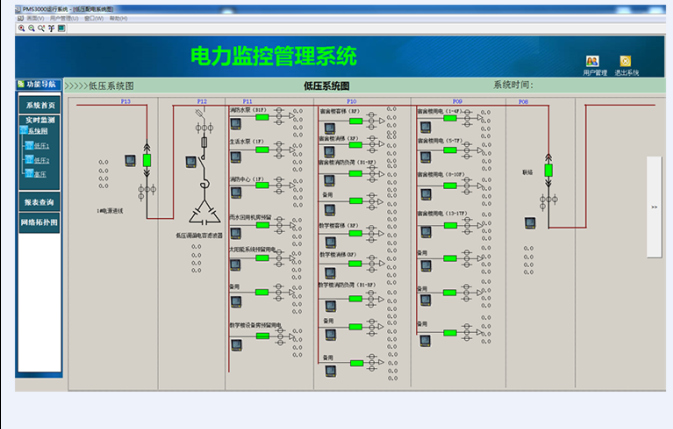Classification of inverters
Add Date: 2013-5-27 Views: 5486
There are many kinds of inverters, which can be classified according to different methods.
1. According to the number of output phases of the inverter, it can be divided into single-phase inverter, three-phase inverter and multi-phase inverter.
2. According to the main circuit of the inverter, it can be divided into single end inverters, push-pull inverters, half bridge inverters and full bridge inverters.
3.According to the type of inverter's main switch devices, it can
be divided into thyristor inverter, transistor inverter, field-effect inverter
and insulated gate bipolar transistor (IGBT) inverter. It can also be
classified into two categories: half controlled inverter and full control
inverter.
4. According to the inverter output power to points, can be divided
into active inverter and passive inverter. The inverter output power transmission to the
industrial power grid, called active inverter; where inverter output power
output to the inverter with some electric load is called passive inverter.
5.According to the frequency of the AC power output of the
inverter, it can be divided into the power frequency inverter, the intermediate
frequency inverse and the high frequency inverter. Inverter with frequency is from 50 to 60Hz, the frequency of the intermediate frequency inverter is
generally 400Hz to 10 kHz. The frequency of high frequency inverter is generally 10 kHz to
MHz.
6.According to the waveform of the output voltage or current of
the inverter, it can be divided into sine wave output inverter and non sinusoidal
output inverter.
7.According to the operating mode of the inverter switch circuit,
it can be divided into resonant inverter, fixed frequency hard switching
inverter and fixed frequency soft switching inverter.
8.According to the DC power supply, it can be divided into voltage
source inverter (VSI) and current source inverter (CSI). The former, the DC voltage is near constant, the output voltage
is alternating square wave, the latter, the DC current is near constant, and
the transmission current is the alternating square wave.
9. According to the waveform of the output voltage or current of
the inverter, it can be divided into sine wave output inverter and non
sinusoidal output inverter.
Modern inverter technology is a science and technology to study the
theory and application of inverter circuit. Modern inverter technology is a science and technology research
of inverter circuit theory and application. It is built in the industrial
electronic technology, semiconductor device technology, modern control
technology, modern power electronic technology, semiconductor converter
technology, pulse width modulation (PWM) technology is a practical technology
based on the subject.

